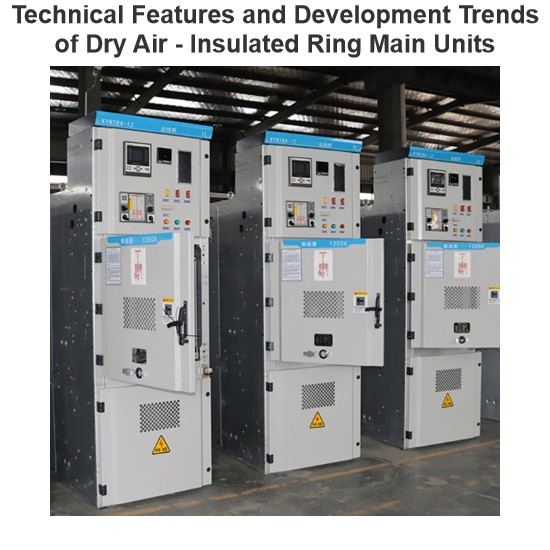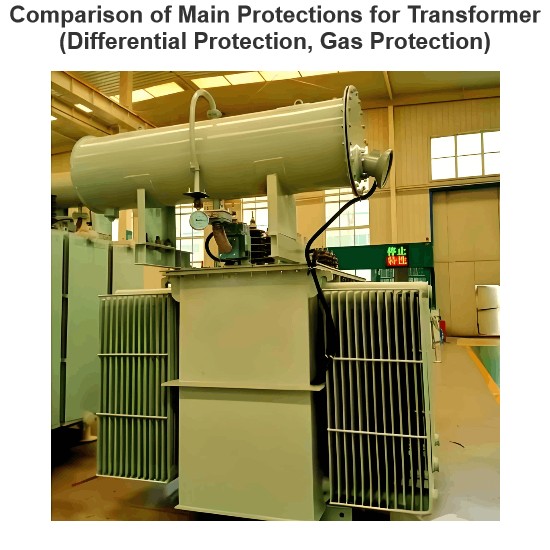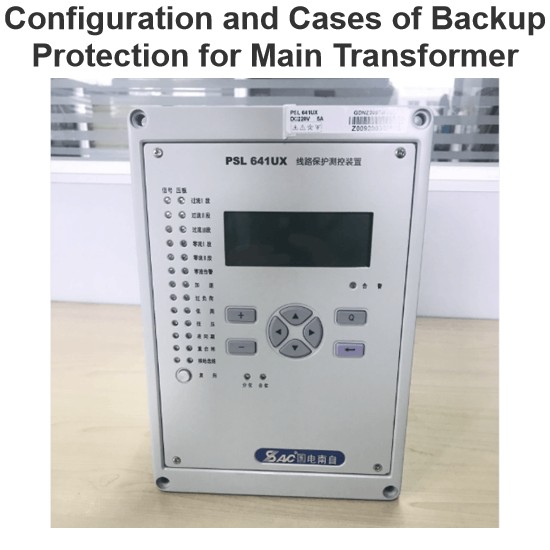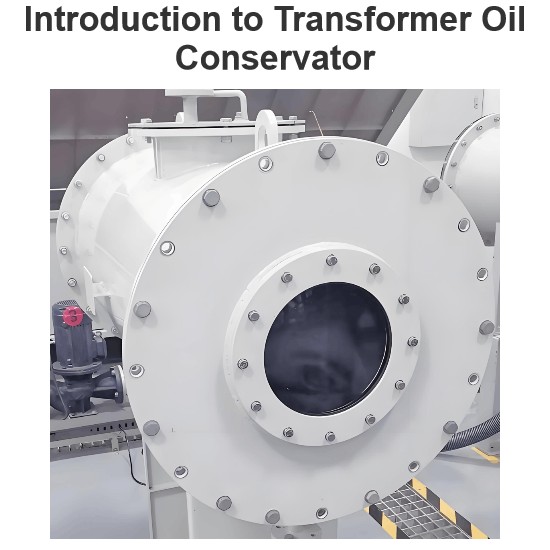What's the maximum efficiency of a power transformer?
The efficiency of a power transformer is influenced by a variety of factors, including its design, size, and operating conditions. In general, power transformers are highly efficient, with typical efficiencies exceeding 95%, and often reaching 98% or higher. However, actual efficiency can vary depending on load levels, voltage ratings, and specific design characteristics.
Transformer efficiency (η) is defined as the ratio of output power to input power, expressed as a percentage:
η = (Output Power / Input Power) × 100%
Several key factors affect transformer efficiency:
-
Load Level: Transformers typically achieve peak efficiency when operating near their rated load. Efficiency tends to decrease at both very light loads (due to fixed core losses) and under heavy overloads (due to increased copper losses).
-
Core and Copper Losses:
- Core losses (comprising hysteresis and eddy current losses) occur in the magnetic core and are present whenever the transformer is energized, even at no load.
- Copper losses (I²R losses) occur in the windings due to the electrical resistance of the conductors and vary with the square of the load current.
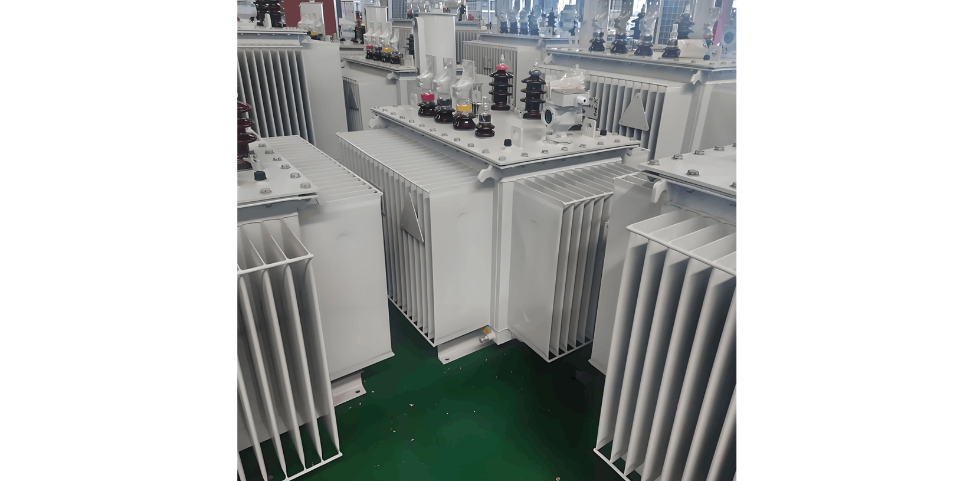
-
Voltage Level: Higher-voltage transformers generally exhibit higher efficiency. Elevated voltage reduces the current for a given power level, thereby minimizing copper losses in the windings.
-
Transformer Design: Design choices—such as core material (e.g., grain-oriented silicon steel), conductor material (copper vs. aluminum), winding configuration, and cooling method (ONAN, ONAF, etc.)—significantly impact overall efficiency.
-
Operating Temperature: Transformers are designed to operate within a specified temperature range. Exceeding these limits can accelerate insulation aging and increase resistive losses, negatively affecting efficiency and longevity.
It is important to recognize that energy losses in transformers are inherent and are classified into two main categories: no-load losses (primarily core losses) and load-dependent losses (mainly copper losses). While manufacturers continuously optimize designs to minimize losses, transformers cannot achieve 100% efficiency, as some energy is inevitably dissipated as heat.
Efficiency standards and regulatory requirements vary by region and application (e.g., DOE in the U.S., IEC standards internationally). When selecting a transformer, it is essential to evaluate expected load profiles, operating conditions, and applicable efficiency standards to ensure optimal performance, energy savings, and long-term reliability within the electrical system.
Zhejiang Vziman Electric Group Co., Ltd. is a high-tech enterprise specializing in R&D, manufacturing, and service of power electrical equipment. Committed to innovation, quality, and customer satisfaction, it supplies smart solutions for global power sectors, covering grid construction, new energy, and industrial distribution. Core Business • Switchgear (GIS, circuit breakers, Recloser, Load break switch) • Distribution equipment (transformers, RMU, smart terminals) • Power automation systems • Engineering services (installation, maintenance, consulting) Technical Strength • Provincial R&D center, multiple patents • Modern production, ISO/GB/IEC/CE/UL certified • High capacity, large-scale delivery support Market & Vision Serves State Grid, Southern Grid, and global projects (Asia, Africa, Europe, etc.). Aims to lead in smart grids and new energy, promoting sustainable energy development.
